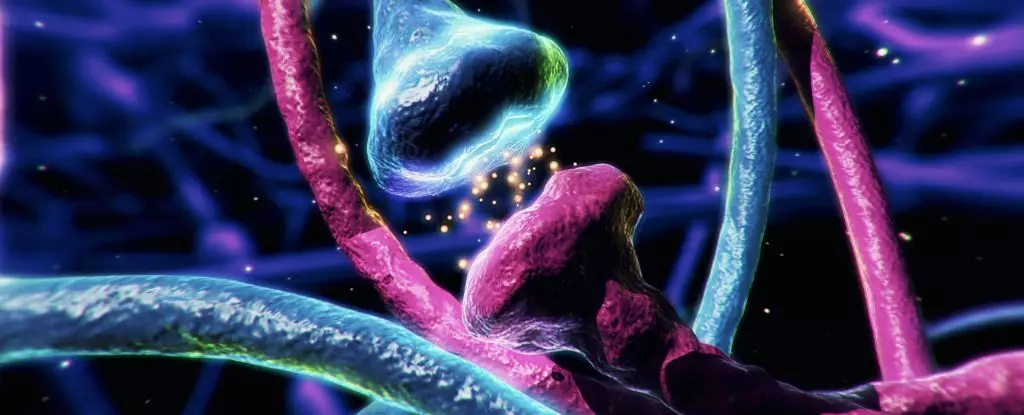For decades, neuroscience has relied heavily on a simplified narrative: dopamine acts as a broad, long-range messenger, diffusing through the brain to influence large populations of neurons in a kind of chemical broadcast. This perspective has shaped how scientists interpret not only the workings of the brain but also the foundation of many neurological and psychiatric conditions. However, recent evidence suggests that this traditional model is grossly incomplete. Dopamine’s role appears far richer and more nuanced—capable of delivering sharply targeted, rapid signals within minute neural neighborhoods.
This insight unravels a more sophisticated image of neural communication. Instead of merely a generalized broadcast, dopamine can function akin to a whisper, precisely tailored to fast-paced, localized interactions. Such a dual signaling mode—slow and diffuse versus swift and focused—implies that our understanding of brain function and dysfunction was overly simplistic. It challenges the foundational assumptions of neurochemical messaging and calls for a profound reevaluation of how we interpret behaviors, mental health, and neurodegeneration. This revelation unlocks a new dimension of biological complexity that, if understood properly, could revolutionize neurological treatments.
Implications for Neurodegenerative and Psychiatric Disorders
The significance of these discoveries extends beyond purely theoretical neuroscience into the realm of clinical relevance. Conditions such as Parkinson’s disease, schizophrenia, ADHD, and addiction are all intimately tied to dopamine dysfunction within the striatum and related pathways. Yet, current treatment paradigms often focus narrowly on replenishing or modulating dopamine levels without considering the intricate patterns of signaling.
If dopamine’s signaling is indeed as complex and localized as recent findings suggest, then overlooking this sophistication might limit therapeutic effectiveness. For example, in Parkinson’s disease, where dopamine-producing neurons degenerate, restoring dopamine levels blindly might fail to address the loss of precise, short-range communication. Instead, targeted therapies that can mimic or restore these fast, localized signals could offer more precise symptom control or even halt disease progression. Similarly, in psychiatric disorders like schizophrenia and addiction, failures in localized dopamine signaling might be at the heart of abnormal behaviors, yet treatments continue largely to suppress overall dopamine activity without understanding the nuances. This paradigm shift pushes us toward a future where neurotherapeutics are designed with molecular precision, embracing the brain’s intricate communication repertoire.
Reevaluating Brain Function: From Diffusion to Precision
This evolving understanding underscores a fundamental truth: the brain’s complexity cannot be encapsulated by a simple chemical broadcast. Instead, dopamine appears capable of mediating rapid, localized responses necessary for fine-tuning neural circuits involved in movement, motivation, and memory. This duality hints at a brain that is both robust and adaptable—able to deliver broad, diffuse signals for general states like mood or alertness, while simultaneously executing rapid, localized responses critical for immediate decisions and actions.
The potential to decode this layered signaling system challenges researchers to look beyond traditional imaging and biochemical techniques. It demands more refined tools capable of capturing neural dynamics at an unprecedented scale and resolution. As the scientific community begins to map these short-range signals, we may uncover how specific neural microcircuits influence complex behaviors, and how their dysregulation leads to mental health issues. Understanding dopamine’s versatile signaling modes could ultimately serve as a blueprint for unraveling the broader mysteries of brain function, leading to more effective, personalized interventions that respect the brain’s inherent complexity and precision.


Leave a Reply